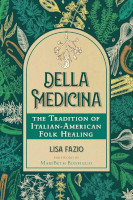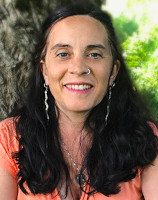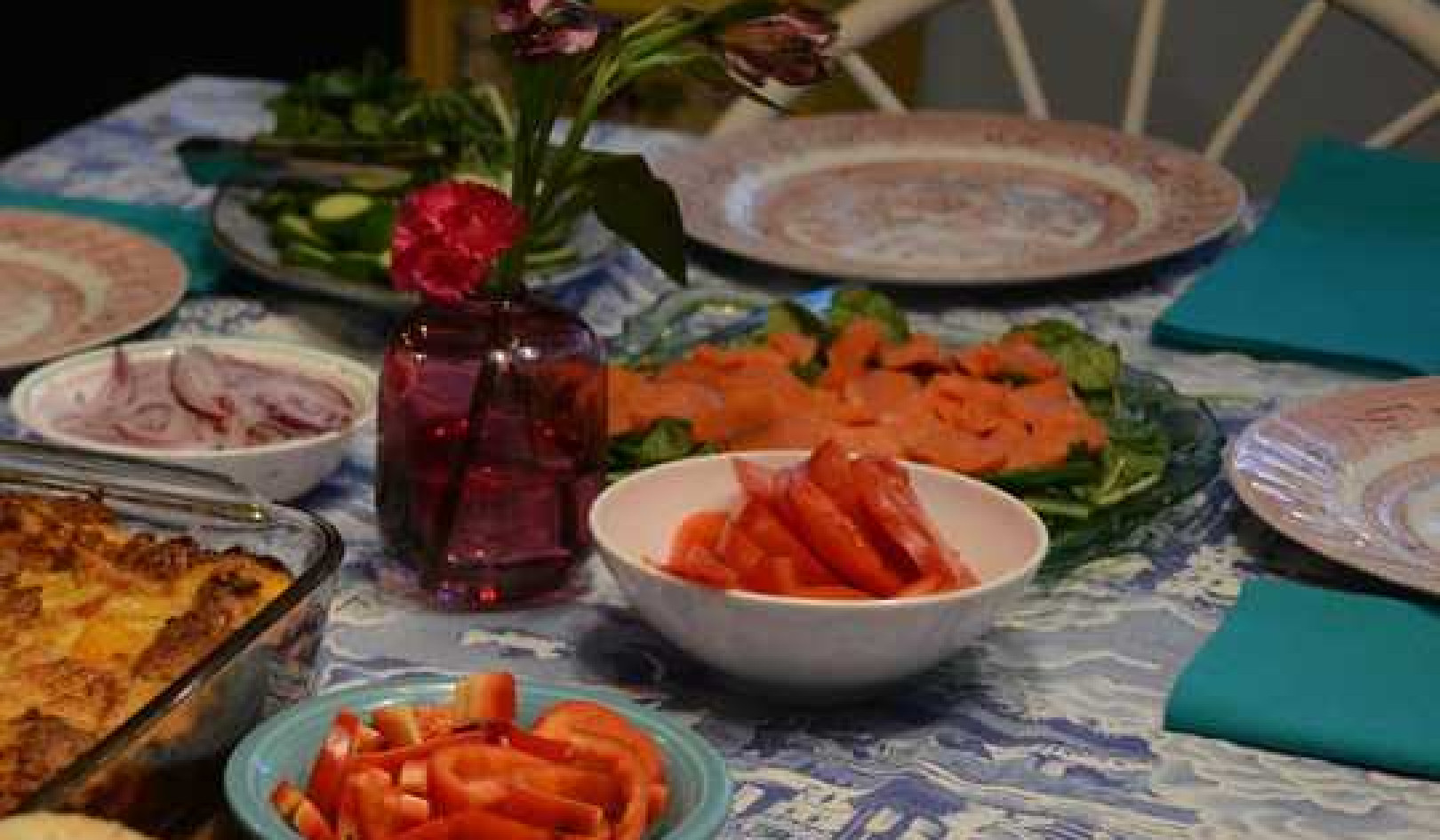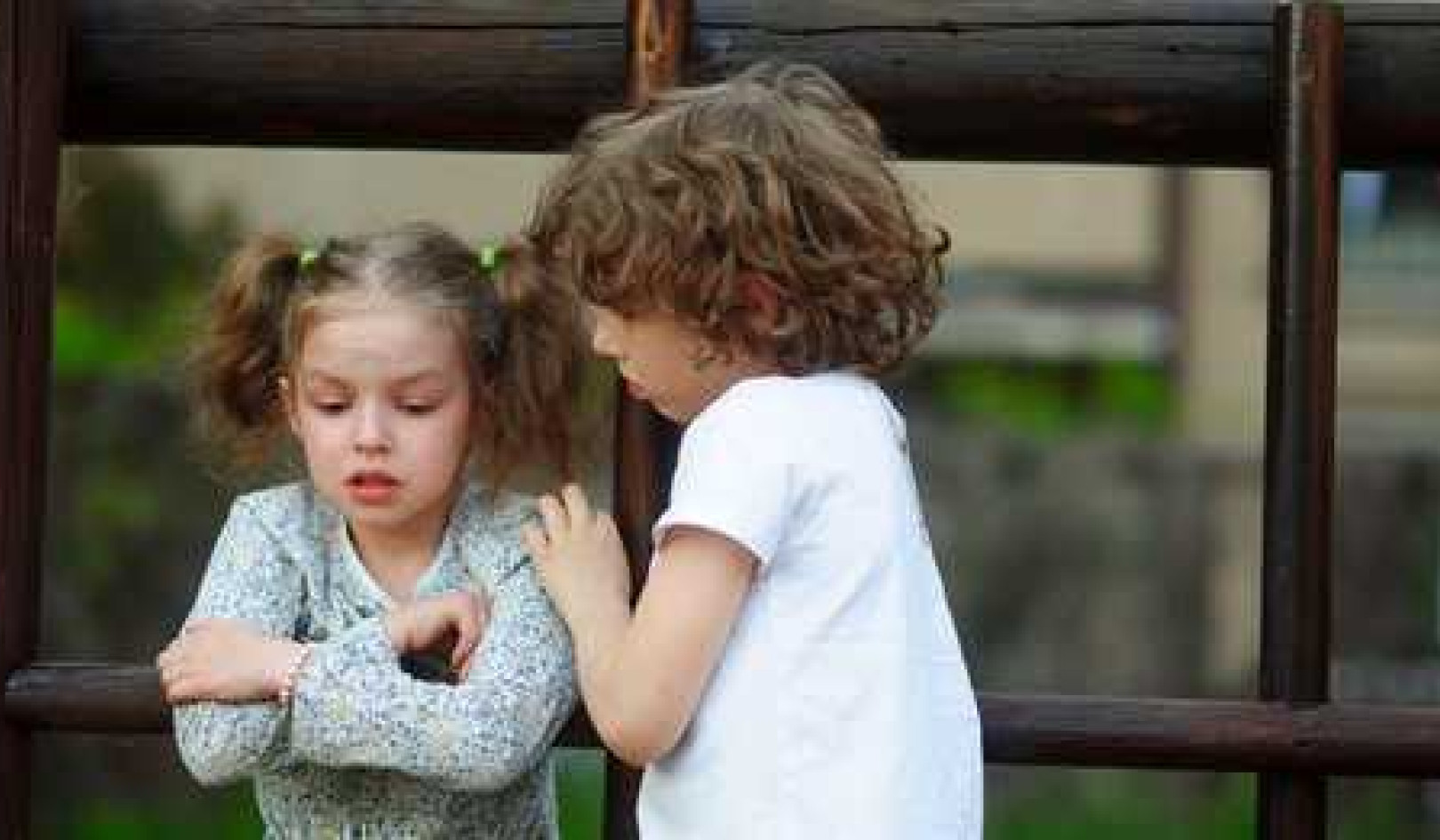
Image by Ruslan Sikunov.
In This Article:
- The historical background of Italian witchcraft and folk medicine?
- How Italian folk practices have adapted over time.
- What role does Italian witchcraft play in the modern world?
- How are Italians and Italian-Americans reclaiming their cultural magic today?
Unveiling the Truths of Italian Witchcraft and Folk Medicine
by Lisa Fazio.
How do you become a healer? There are basically two ways: either by birth or by “inheritance.” Let me explain immediately: there are those who are born in such circumstances that it is immediately clear that they are destined to cure certain diseases. -- Paola Giovetti, I guaritori di campagna
From the ancient doctors and philosophers of the Mediterranean and the peasants of Southern Italy we have seen a unique version of folk medicine, spirituality, and culture become moveable as those that emigrated from Southern Italy settled in various diasporic locations. They brought their culture with them along with their pockets of seeds and stowed-away tomato plants. The Italian immigrants who came to the United States were largely agrarian peoples who had to adapt to living in urban areas. They often clustered in enclaves or neighborhoods where their diverse ways of life converged.
One of the dominant narratives that is now being pushed back on is the idea of the “melting pot” whereby diverse groups of people all acculturate into a homogeneous standard American, but that has proven not to be the case in all circumstances. Though many Italian immigrants came from diverse regions of Southern Italy and Sicily with different regional traditions and languages, they have maintained their distinctiveness as Italian American for quite some time. As M. Estellie Smith says in Folk Medicine among the Sicilian-Americans of Buffalo, New York.
“Despite—or perhaps because of—the more obvious assimilation process best illustrated by out-migration of the most “Americanized” enclave members, there continues to exist the Little Italies, Kaisertowns, Chinatowns, et al., which are perceived by their members to be ‘different’ from other such units.”
Is Italian-American folk medicine witchcraft?
Recently, Italian-American traditions have become increasingly popular, and many of those traditions have come under the title of witchcraft. This is partly associated with the stereotyping of Italian Americans as “superstitious,” and many of their folk medicine practices are similar to those we see in various forms of modern witchcraft as well as historically in Italy and around the world.
Another reason for categorizing Italian-American folk medicine as witchcraft is that many of the newer generations have rejected the Catholic church and denounced the great harms it caused and continues to cause. Witchcraft is a heretical art that divests from religious hegemony and redirects our relationship with the divine back into the hands of the people, as does folk herbalism.
Another component of this has been the popularity of modern Wicca and neo-paganism that converged with Italian folk medicine in the books of author Raven Grimassi. Grimassi based his writings on his Italian heritage, but he has been highly criticized for his inaccurate portrayal of Italian folk medicine as an intact, standardized tradition of witchcraft.
The modern and historical witchcraft practices of indigenous Europe have multiple variations, but all were at one time formed as place-based methods and systems used by folk healers to maintain a healthy and balanced relationship with the animate forces of nature for which we are inextricably linked.
As for Italian witchcraft, the first question that arises, especially for those of us who are part of the Italian diaspora, is this: are witchcraft and the Catholic folk practices of the Southern Italian people two separate spiritual practices or are they one and the same? The answer is neither. They are both iterations of the folk magic of Southern Italy, and it is largely impossible to trace divergent paths back through time to determine succinct differences. It’s absolutely true, however, that many ritual and healing practices of that region of the world were adapted to survive during major social and political changes over time.
Basic phases of cultural shifts in Southern Italy
There are three basic phases of cultural shifts in Southern Italy:
* Prepagan animistic worship of Earth-based deities and spiritual matter
* Pagan patriarchal Sun god worship
* Christianity
We can only know so much about the transition from animist-based Earth worship to the pagan, patriarchal sky worship, but we do have a fair amount of information and documentation about the transition to Christianity.
Much of what we have comes from testimonies during the trials of the Inquisition as well as from the writings of the poets, artists, and philosophers of the time. From this we know that folk medicine and magic became tools of the empire and a means of accumulating power over common people.
The Catholic church became a powerful force of government and was determined to be the sole purveyor of cultural magic. There is some controversy around what happened to the “old religion,” or La vecchia religione, during this phase. Some say that it continued intact but was hidden; others say that it syncretized with Catholicism. I imagine that both are true, but it’s definitely clear at this time that the folk medicine of Southern Italy and the Italian diaspora has been highly influenced by Catholicism to the point where the difference is largely indiscernible.
It’s All Folk Magic...
Regardless of the political and cultural narratives, the underlying themes remain the same; it is all folk magic, and many of those that practiced la vecchia religione during the times of the Inquisition did take refuge in Christian holy places such as monasteries. The prayers, chants, rituals, recipes, and initiatory rites as well as archetypal spirits and deities adapted to Christianity in a full range of variations.
In Southern Italy today, these practices continue in their folk Catholic form mostly in the countryside and small villages. These people do not consider themselves to be witches or to be practicing witchcraft but instead identify as Catholics. Witchcraft itself is not a centralized tradition and is instead full of diverse, local folk practices that are improvisational and syncretized to geographic and cultural imperatives that preserve the indigenous healing practices of the people through time.
The rural village traditions in Southern Italy and the practices found in the Italian enclaves in North America may have been shaped around the dogma of the Catholic church, but they are still alive with the indigenous animism of the ancestors. I don’t believe this is something that can be suppressed as the world of matter is alive, dynamic, and a force to be reckoned with. It always comes through as it is a natural part of being human. As Sabina Magliocco says in Spells, Saints, and Streghe,
“Most peasants maintained a magical view of the world. Their universe was an interconnected whole, and tweaking one part of the fabric was likely to bring about changes in another. Rural people were thoroughly familiar with their environment; each feature of the landscape had its own name and legends. They knew well how to exploit it—where to cut wild beet greens in the spring before there were other vegetables to harvest, or where to find land snails to supplement their diet. They planted, harvested and butchered according to the phases of the moon and its position in the sky, believing that this affected the success of their enterprises, and therefore their ability to survive in harsh conditions (Cattabiani, 1988). The world was animated by a variety of local spirits, as well as by angels, demons and saints; these beings could be invoked to aid survival, but could also be dangerous at times. Invoking or appeasing these beings was not considered witchcraft, but common sense; it was not limited to a small group of people in a village, but was widely practiced.”
Healers can be found in all cultures
Village and neighborhood healers can be found in many cultures if not all. Even in our contemporary American/Western world, if you think about it, I bet you know someone who fits the archetype of “village witch” in some way or another. I’d venture a guess that village healers can be found in apartment complexes, city neighborhoods, small towns and villages, and all the places in between. It may not be someone that has trained in a specific tradition (or it might be), but it could be someone with the desire or natural inclination to serve the community in some way.
We tend to believe that this type of medicine is in the past, but the power of nature, the Earth, the soil, the seeds, and all the spirits to emerge through us is implacable. It cannot be stopped.
©2024 Healing Arts Press. Printed with permission
from the publisher Inner Traditions International.
Article Source: Della Medicina
Della Medicina: The Tradition of Italian-American Folk Healing
by Lisa Fazio. Building upon the in-depth folk wisdom she learned from her immigrant grandparents as well as from local healers in Southern Italy, second-generation Italian-American and experienced herbalist Lisa Fazio shares herbal traditions and practices from the Italian diaspora and reveals how working with traditional plant medicines can help us connect to ancestral traditions for deep inner healing.
Building upon the in-depth folk wisdom she learned from her immigrant grandparents as well as from local healers in Southern Italy, second-generation Italian-American and experienced herbalist Lisa Fazio shares herbal traditions and practices from the Italian diaspora and reveals how working with traditional plant medicines can help us connect to ancestral traditions for deep inner healing.
Sharing valuable and nearly forgotten teachings from the Southern Italian herbal tradition, the author also shows how her journey to reconnect with her family’s healing practices offers guidance for anyone seeking to reconnect with their ancestors.
Click here for more info and/or to order this paperback book. Also available as a Kindle edition.
About the Author
 Lisa Fazio is a clinical herbalist, plant spirit medicine practitioner, flower essence practitioner, and the founder of “The Root Circle,” a plant medicine educational center. Trained in traditional Western herbalism, Western astrology, and the folk ways of her Italian immigrant family, she has apprenticed with herbalists Kate Gilday, Matthew Wood, and Pam Montgomery. She has an academic background in psychology and ethnobotany and has also done master’s level studies in chemistry, botany, and environmental history. https://therootcircle.com/
Lisa Fazio is a clinical herbalist, plant spirit medicine practitioner, flower essence practitioner, and the founder of “The Root Circle,” a plant medicine educational center. Trained in traditional Western herbalism, Western astrology, and the folk ways of her Italian immigrant family, she has apprenticed with herbalists Kate Gilday, Matthew Wood, and Pam Montgomery. She has an academic background in psychology and ethnobotany and has also done master’s level studies in chemistry, botany, and environmental history. https://therootcircle.com/
Article Recap:
The article explores the deep roots and evolution of Italian witchcraft and folk medicine, tracing the journey from ancient practices to modern-day reclamation. It discusses the syncretism with Catholicism, the survival of traditions through major social changes, and the contemporary revival of these practices. The narrative emphasizes the enduring connection to place-based methods and the significance of these cultural magic practices in the lives of the Italian diaspora.




























